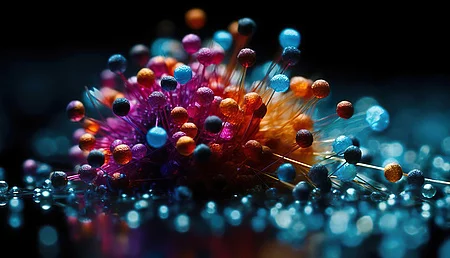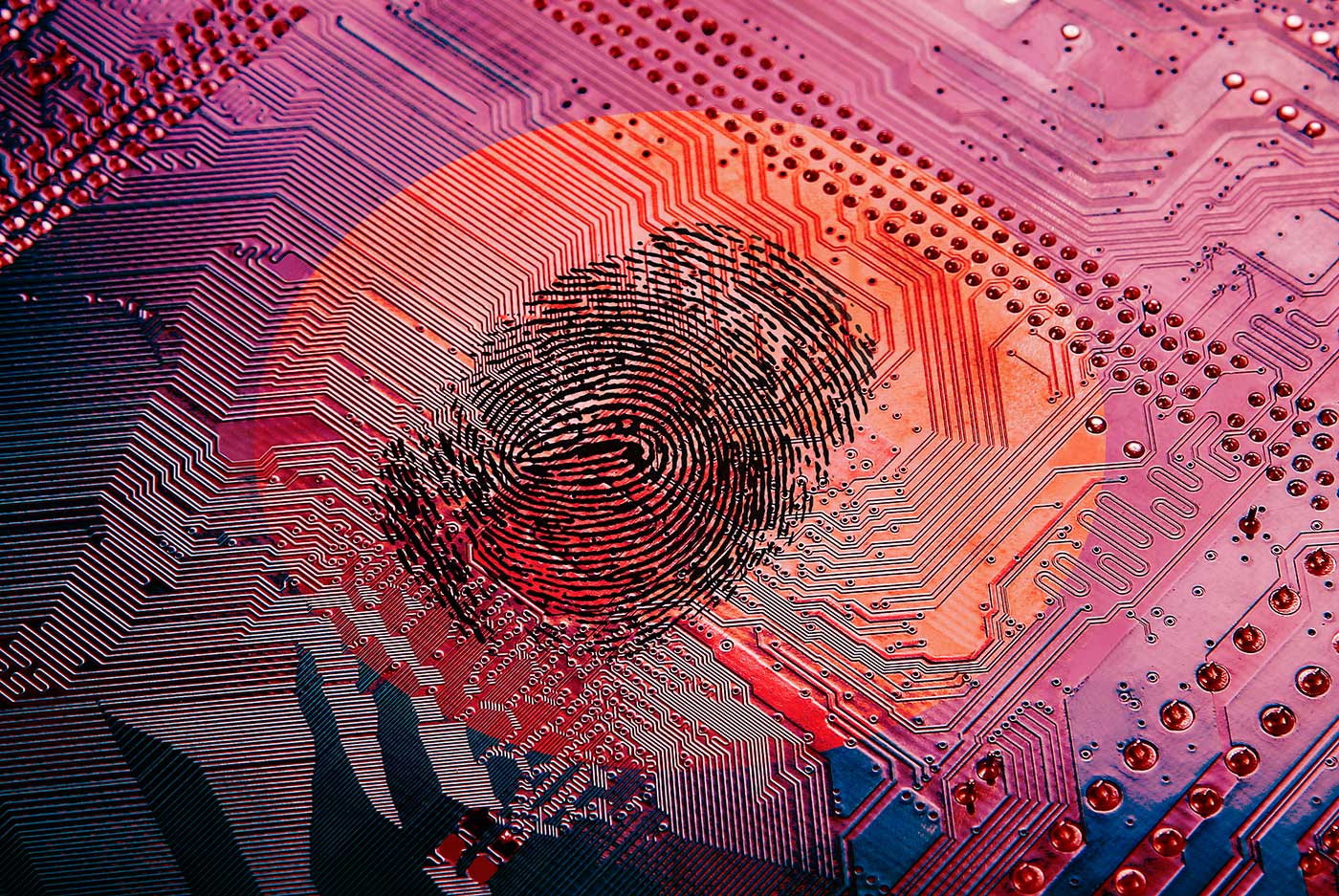
South Africa and Australia tackle AI inventorship in patents
In recent years, artificial intelligence (AI) systems have been moving from the realm of science fiction into real life as advanced neural networks begin to find applications in various industries. In the world of patent law, AI-related patent applications have been subject to scrutiny concerning issues of patentability, including the fundamental questions of who qualifies as an "inventor" and whether a highly developed AI system can fulfill that role.
These questions have been raised most notably by a group of AI engineers and forward-thinking legal professionals who are connected with an international project to secure patent rights for inventions developed entirely by an AI system. DABUS, or "Device for the Autonomous Bootstrapping of Unified Sentience," was engineered by AI pioneer Dr. Stephen Thaler. This AI system has developed two inventions that have been submitted in patent applications for consideration by Intellectual Property (IP) offices across the world. These inventions are an improved container for liquids that has a fractal profile to reduce slipping and increase safety during transport and enhanced methods for attracting attention using light-emitting diodes (LEDs) that produce pulse trains at a highly noticeable frequency to humans.
At Dennemeyer, we are committed to achieving and protecting IP rights for inventors. Time will tell whether AIs will one day hold patents, but until then, we are here to make sure all human creators benefit fully from their ingenuity and imagination. To learn more about the fascinating topic of AI inventorship, check out our podcast!
Acceptance of patent application in South Africa
After several failed attempts to obtain patent rights at the European Patent Office (EPO) and national-level IP offices, including those in the United States and the United Kingdom, Dr. Thaler and the rest of the DABUS team secured a victory this June. On June 24, 2021, South Africa's Companies and Intellectual Property Commission (CIPC) issued a notice of acceptance of the complete specification of a patent covering the liquid-packaging invention based on an application filed by Dr. Thaler listing DABUS as the only inventor.
The news out of South Africa has understandably encouraged a diversity of opinions on whether an AI system can properly qualify as an inventor for the purposes of granting a patent. Despite the presence of Dr. Thaler as a human patent applicant, the fact that DABUS is not a natural person has created roadblocks in several countries that perform substantive patentability examinations of patent applications. Furthermore, it should be noted that South Africa's CIPC accepted the DABUS patent specification on a formalities examination. Unlike the IP offices of the United States and the United Kingdom, where patent applications are substantively examined for novelty, non-obviousness and other statutory patentability standards, South Africa's CIPC typically relies on validity challenges raised by defendants in patent litigation to ensure that novelty and non-obviousness are met by the invention.
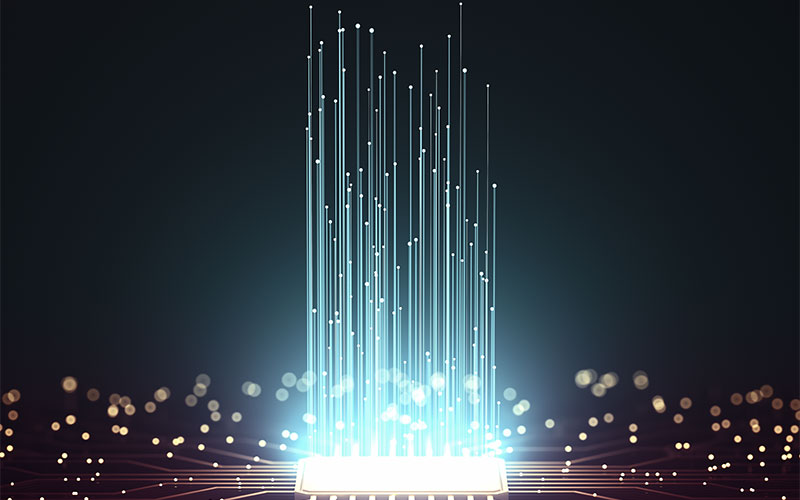
On the other hand, Ryan Abbot of the University of Surrey, who led the South African patent filing effort, has pointed out that the EPO and the UK IP Office did not reject the DABUS patent applications for substantive patentability concerns, but rather the applications were deemed withdrawn for failing to conform with formal filing requirements. So, while DABUS' South African patent rights may yet face substantive patentability analysis, the CIPC has come to a different conclusion than its foreign counterparts processing Patent Cooperation Treaty (PCT) patent applications as to whether applications listing AI systems as inventors meet formality requirements.
Australian Federal Court ruling in favor of DABUS
A much more substantial victory was scored by the DABUS team in Australia, where Justice Jonathan Beach of the Federal Court of Australia issued a ruling on July 30, 2021, rejecting an earlier decision by the Deputy Commissioner of Patents. Prior to the Federal Court's judgment, the Deputy Commissioner ordered that the DABUS patent applications had lapsed for breaching formal requirements in listing the AI machine and not a human as the inventor. While Justice Beach's decision does not outright approve a patent grant to DABUS, it does pave the way for AI systems to hold inventor status when a human patent applicant is listed as the assignee.
Justice Beach's 228-paragraph opinion goes into great technical detail on neural networks in general, as well as specific advances developed by Dr. Thaler for DABUS. Prior to DABUS, AI systems tended to rely on a combination of two types of artificial neural networks: one that generates neural "memories" based on chaotic disturbances or self-stimulations of the AI network's connections and another that evaluates these memories to perceive values such as novelty or utility. Working in concert, these systems mimic human cognition by producing unique outputs in response to problems and then reinforcing the most valuable solutions. In contrast, DABUS utilizes a series of memory-creating neural networks, each representing linguistic or visual concepts operating in parallel to create various topologies within a particular conceptual space. It is these topologies that constitute DABUS' memories. As these topologies grow in complexity, DABUS is able to adapt to new scenarios without human input and respond with novel information patterns rather than simply identify solutions from predetermined patterns.
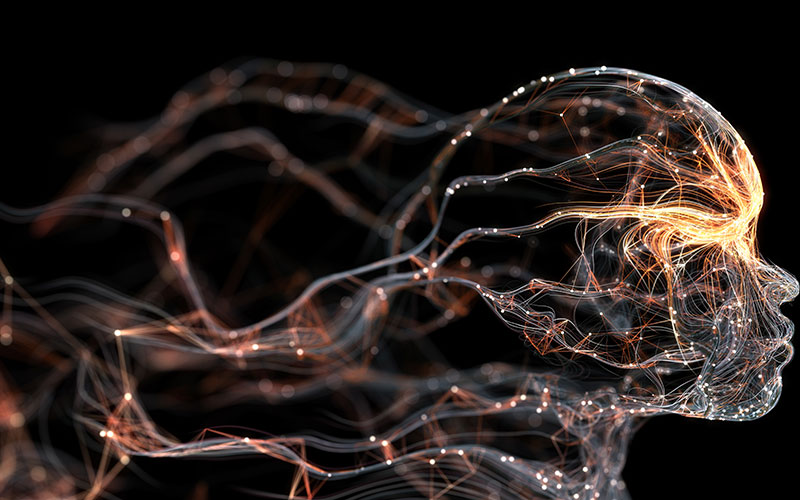
While Justice Beach notes that the use of AI systems as inventors has wide-ranging applications, his discussion of AI's applications in the pharmaceutical field provides a rather optimistic view of how this technology can revolutionize innovation. Justice Beach, analyzing the findings of a report published last year by the European Commission on AI-related challenges to the IP rights framework, notes that AI has been used to screen chemical substances to find candidates for lead structures around which a pharmaceutical drug can be developed.
AI systems can also identify new applications for known drug compounds, decode genetic material of viruses for vaccine development and predict relevant disease biomarkers to select patient populations that will provide more predictable results in clinical trials for new drugs.
In analyzing the statutory provisions of Australia's Patent Act and the PCT governing international patent applications, Justice Beach noted that "inventor" is undefined by either and that language related to ownership, patent applications and patent requests do not clearly exclude AI systems from being considered as inventors. While the Deputy Commissioner of Patents had found that the definition of "inventor" inherently indicated a human, Justice Beach concluded that the word "inventor" was a noun describing an agent that performs an act and that many such agent nouns, like "computer" or "dishwasher," often refer to inanimate objects rather than humans.
The dawn of creative machines
Construing a broader scope for the term "inventor" to include computer inventorship incentivizes the development of creative machines, according to Justice Beach. Further, now that AI systems are developing patentable subject matter, Justice Beach argues that his decision "simply recognis[es] the reality by according artificial intelligence the label of 'inventor.'" Although only persons can own a patent under Australian law, meaning that DABUS could not itself hold the patents covering its inventions, the provisions governing ownership of a patent point toward Dr. Thaler – the owner of DABUS – as the individual entitled to be the patent assignee. This, in turn, would make Dr. Thaler the owner of DABUS' inventions under established principles of property law.
The recent legal successes for DABUS, especially the broader definition of "inventor" employed by the Australian court, have stirred discussion of whether recognizing AI systems as inventors will promote the underlying purposes of patent law. In particular, some dispute that the aim of promoting technological innovation and the dissemination of technical knowledge is upheld. One Australian patent lawyer seriously questioned Justice Beach's legal analysis in light of recent debates surrounding a potential waiver of international patent agreements under the Agreement on Trade-Related Aspects of Intellectual Property Rights (TRIPS).
In response to vaccine access issues during the COVID-19 pandemic, the World Trade Organization (WTO) is being petitioned to suspend IP protections for the vaccines provided under the TRIPS Agreement. It must be pointed out that many commentators have noted that no empirical evidence exists to show that patents create barriers to vaccine access, but the opinion that the public interest might not be served by the granting of patent rights in certain situations continues to surface during debates. Similarly, recent posts on social media by various South African patent lawyers point out that the CIPC's acceptance of patents listing DABUS as an inventor illustrates the need to reform South Africa's patent system to provide for substantive patentability examinations.
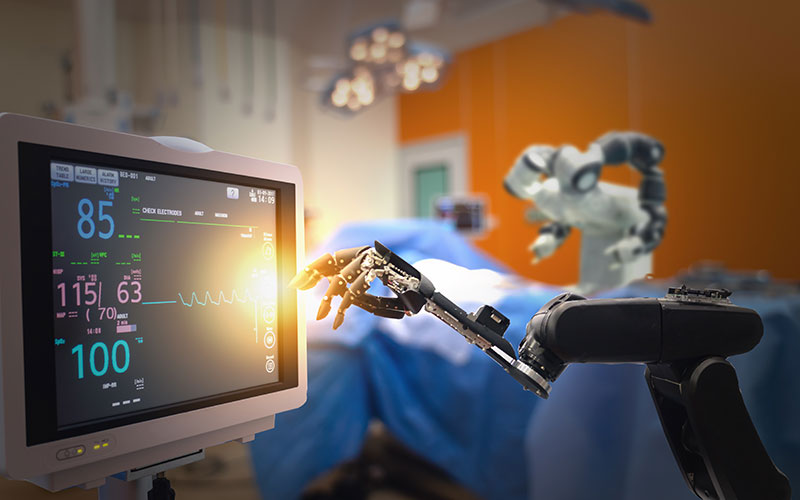
In contrast, there are voices from the other end of the spectrum that, like Justice Beach, feel as though the recognition of AI systems as inventors simply embraces current technological realities and prepares us for a world where cognitive machines will have a more significant role in problem-solving. These voices run the gamut from those arguing that legal precedent from the U.S. Supreme Court supports a broad construction of the term "inventor" that encompasses AI systems to those who advocate for new sui generis protections for AI-created inventions. The U.S. Patent and Trademark Office's recent study on AI and IP policy received several public comments advocating for such sui generis IP protections in the AI context.
Clearly, DABUS is a new breed of AI machine. Its ability to create novel and non-obvious solutions to practical problems will force patent systems across the globe to re-evaluate traditional notions of inventorship. As AI engines with improved machine learning algorithms get smarter, those of us who serve as the protectors of IP rights must also get smarter. Changes to current IP laws need to be considered, and any updates should encourage efficient and effective developments in technology to continue.
Legal reforms should also ensure that these new technologies are protected as intended by the framers of such laws. In some cases, that may mean IP protection without regard to whether the IP was developed by human cognition or AI algorithms. While we may not yet be at that reckoning, we are coming closer every day.
This article was first published in The Patent Lawyer Magazine, September / October 2021 issue.
Filed in
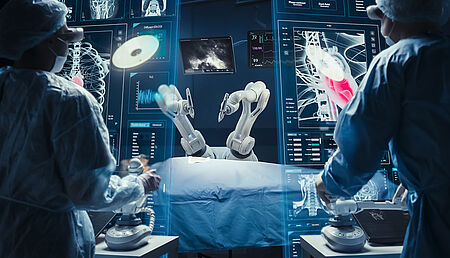
Take an in-depth look at medical devices and how IP will foster, inform and protect more innovative healthcare experiences.


